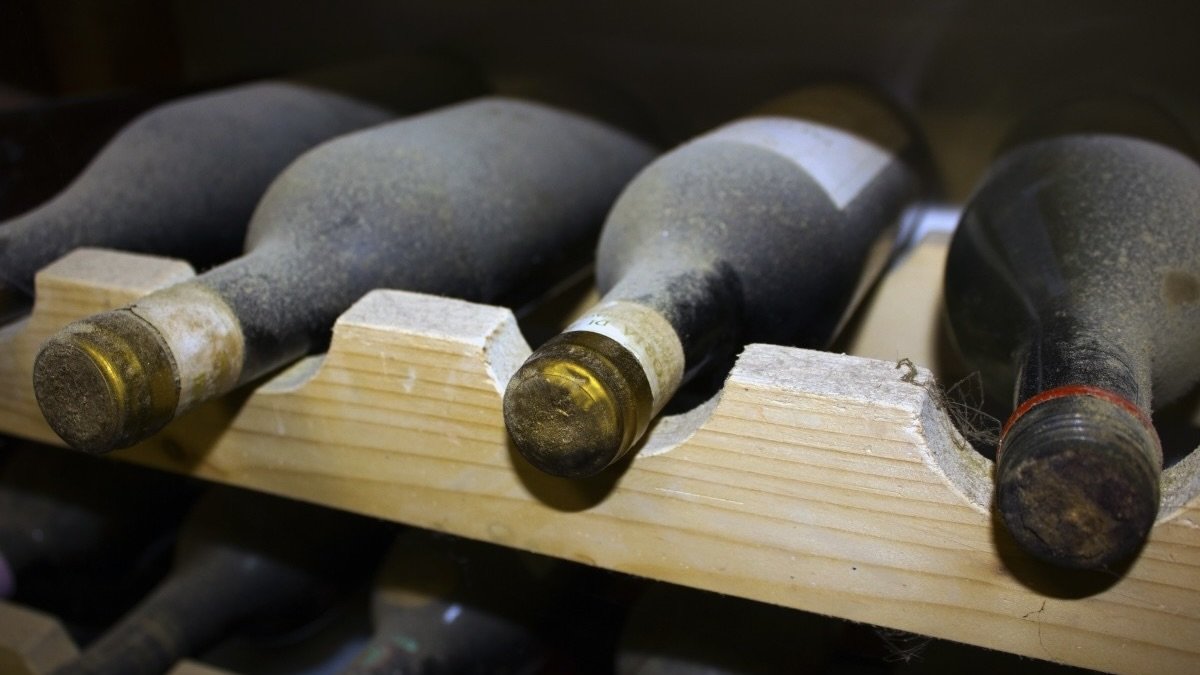COLLECTING AND INVESTING IN WINE
People collect wine in different ways and for different reasons.
A modest collection—say, a few cases or less—is more a workaday cellar than anything else and is properly deemed an adjunct to the kitchen.
Larger collections—upwards of dozens of cases of wine—might function as someone’s hobby, or as an investment, or perhaps even as a showpiece.
By and large, accumulating wine is similar to other sorts of collecting (for example, in prints from the 18th century or in a garage full of antique autos).
That is, wine collectors also tend to specialize—for instance, in red Bordeaux, or Port, or other age-worthy wines. No cellar wants to be a warehouse.
However, wine differs from most collections because, in time, it becomes worth very little. No matter the wine or how skillfully it is cared for, it decays.
Collecting isn’t investing
Given that even the best wines do not age gracefully after 20 years tops (some experts say as few as 10-15 years), collectors of wine aren’t the same as investors in wine. Collectors want to consume their wines profitably someday. They merely need to determine when.
Investors want to sell their wines at a profit—on the right day. True investors need to know when to dispose of their wine, too, but for different reasons.
The collector’s mistake is to open wines too early or too late. The investor’s mistake is to misjudge the market—much easier to do than simply collecting.
Collecting
For basic and serviceable collecting (that is, for wines to drink), keep about 15% of your cellar in maturing (not yet ready-to-drink) wines, the remainder in ready-to-drink wines. Vary the types of wines so that you don’t end up with a disproportionate number of similar taste or style.
Be sure to be honest with yourself when accumulating wines. Buy what you enjoy drinking, not necessarily what others tell you are “right” or fashionable wines to buy. If not, you’ll merely end up with a lot of stuff you don’t enjoy or even want.
Have only a few celebratory wines in the cellar—Champagnes, say, or some wines with sentimental vintages (for instance, a birth or anniversary year). And be sure, above all, to store all your wines properly against spoilage.
Investing
An investor’s hindsight is always unambiguous (“If only I’d bought a bunch of ‘77 Port or ‘82 First Growths …”).
But imagine not the past but the future. Let’s say that, three years from 2024, the red Bordeaux vintage of 2027 proves to be fantastic. In that case, investing in 2027 Bordeaux would be a good idea, especially if an investor buys up several “futures” (discounted red Bordeaux paid for before it is bottled).
But what if the 2028 or 2029 vintages of red Bordeaux are equally as good as the 2027? (God forbid that they should be better.) Strings of excellent vintages are increasingly likely given continual advances in vineyard care and winemaking. Yet, even the most perspicacious investor could never see that future.
Hitting it
Of the past 10 vintages (in bottle) in red Bordeaux, five (2022, 2020, 2019, 2018, and 2003) have been investment-grade.
Are 50 percent odds (5 of 10 vintages) favorable odds for an investor? Difficult to say. In any case, it’s not a gimme. (As a consolation, unlike many investors, those in wine who miss the market can consume their putative errors with pleasure.)
To assure consistent profits, investors also need to mind that they diversify their portfolios, store their wines impeccably, be well-versed in the laws of the various states where they will sell their wines—and be prepared to lose money.
Other matters for investors to consider: Full and half-cases sell best and should not be broken; a premium is placed on wood, rather than cardboard, cases; torn or scuffed labels are a drawback; any bottle lower than fully filled—no matter its price—will fetch less.
Auctions
Auctions offer the chance to buy wines that have become rare or are available only in unusual formats (for example, larger than 750-ml bottles). At auction, older wines often sell for less than they would were they still available at retail.
Those attending a wine auction need to have done a lot of homework—on vintages and producers, and on wine prices that have been set elsewhere at previous auctions. Buyers also need to check the auction catalog for a wine’s provenance (its history of ownership). If the auction house holds a pre-auction tasting of wines to be auctioned, by all means attend.
Keep in mind that some auctions procure a buyer’s fee, as well as collect sales taxes. Many wines sell by the case at auction, but often the best buys are those 3-4 bottle lots that sell less in proportion to an unbroken case of the same wine.
Finally, an insider’s tip: the best time to buy at an auction is the mid-afternoon, when attention lags and some buyers nod off after lunch.
Auction and investment wine terms
Appellation: a geographical designation under which grapes are grown and wine is named and marketed (for example, “Mâcon”)
Estate bottled: made from the winery’s own grapes
Fill level: amount of wine in the bottle (see “shoulder” and “ullage” below)
Magnum: bottle that holds 1.5 liters (twice as much as a regular size bottle)
Mature (or “ready”): ready to drink
Seepage: wine that has leaked out of the bottle, sometimes an indication of improper storage
Shoulder: area of a bottle between the body and the neck (as in “shoulder level”)
Ullage: empty space between the wine and the cork; excessive ullage may indicate oxidation or seepage
Vertical: wines from various vintages from the same producer (or, alternatively, “horizontal,” wines from various producers from the same vintage)
Vintage: (usually) year the grapes in a given wine were harvested
